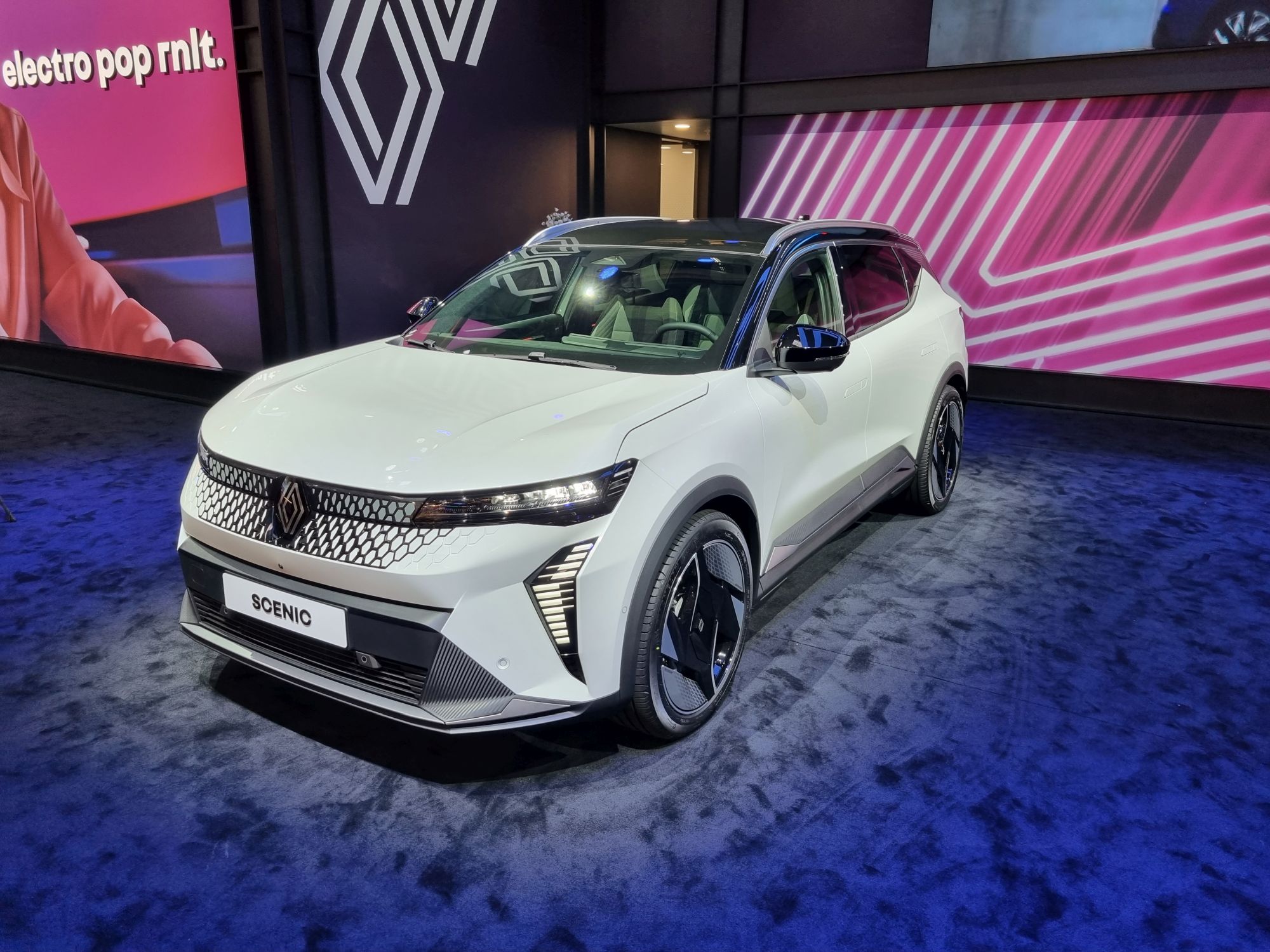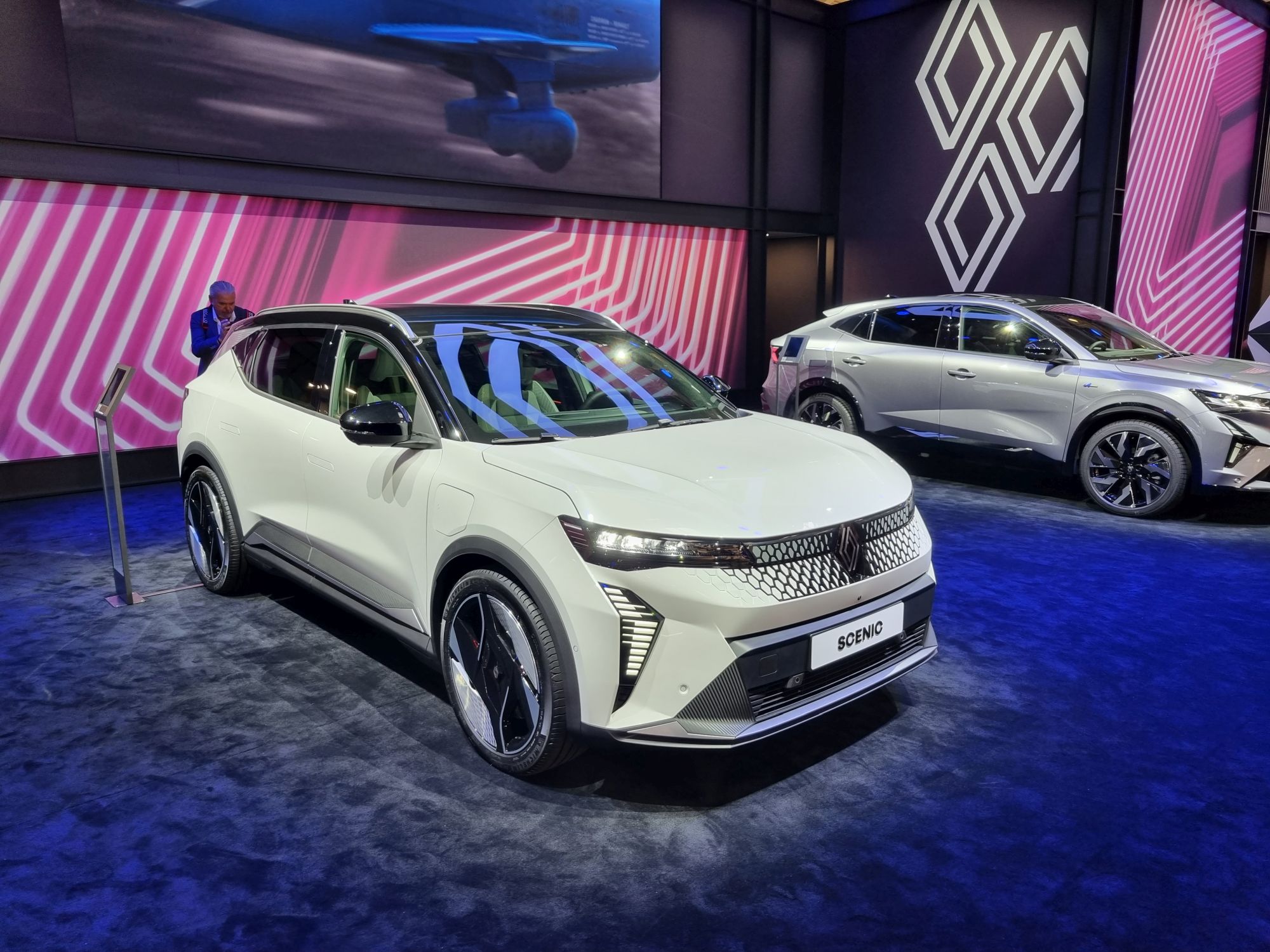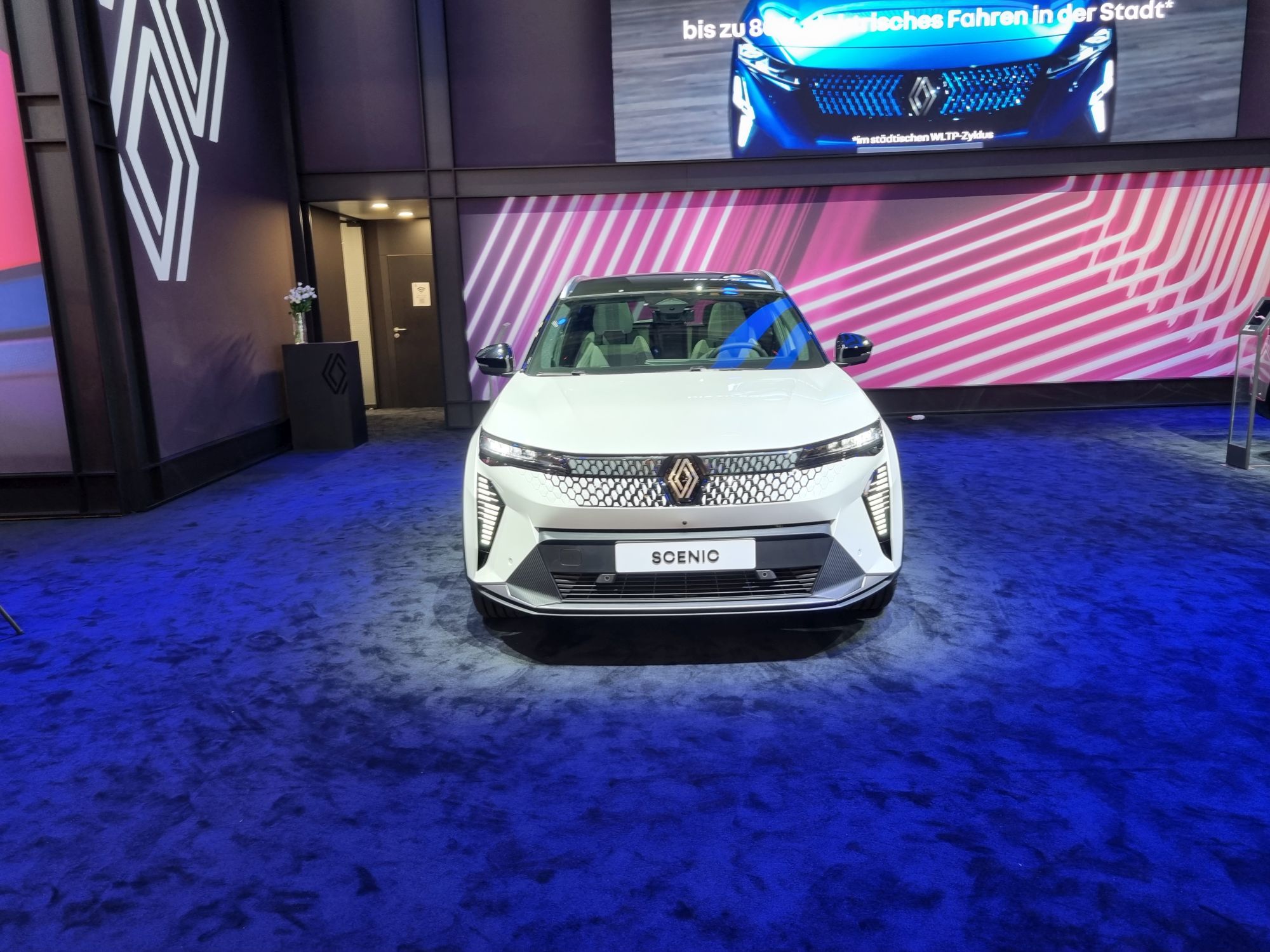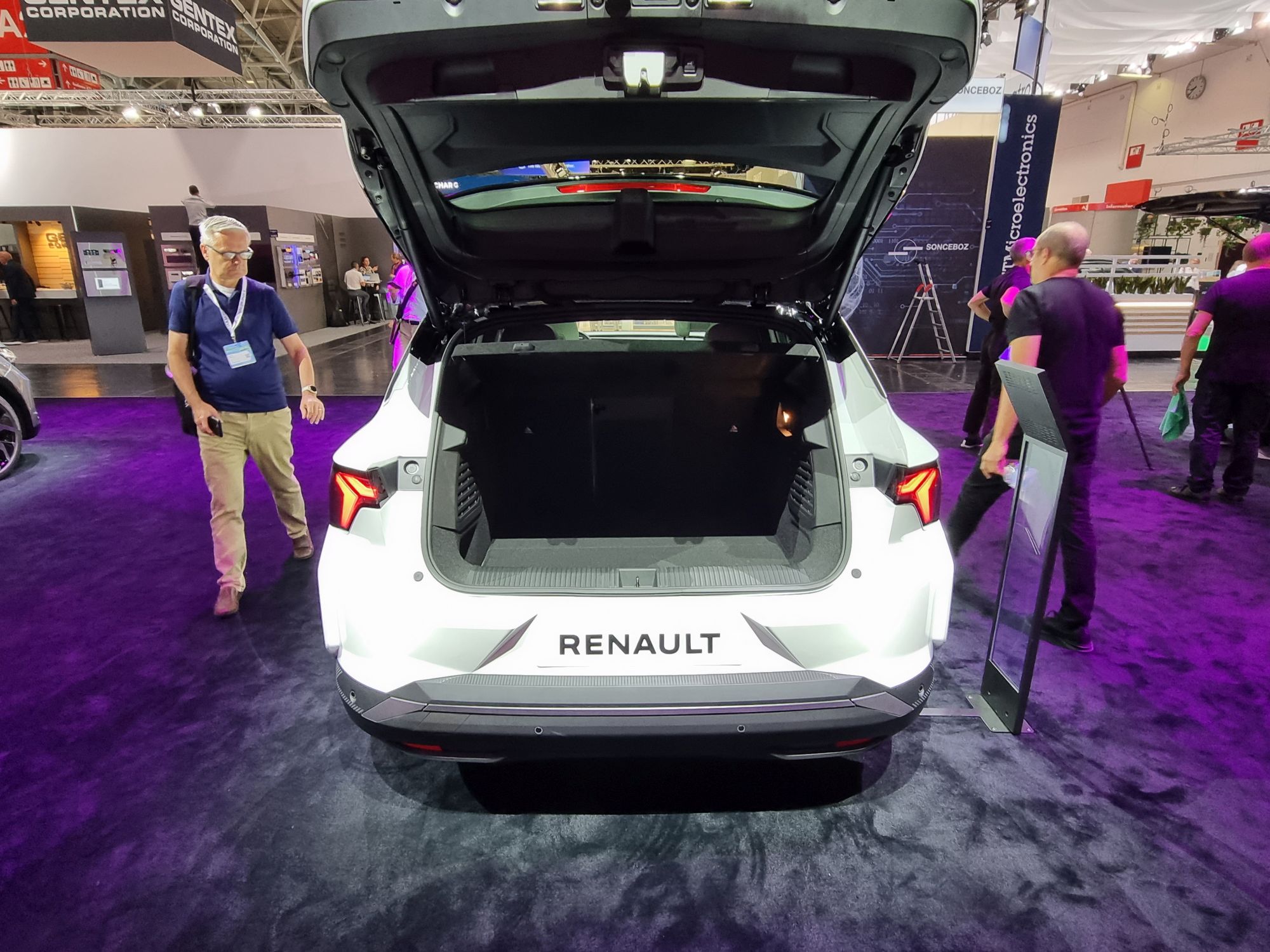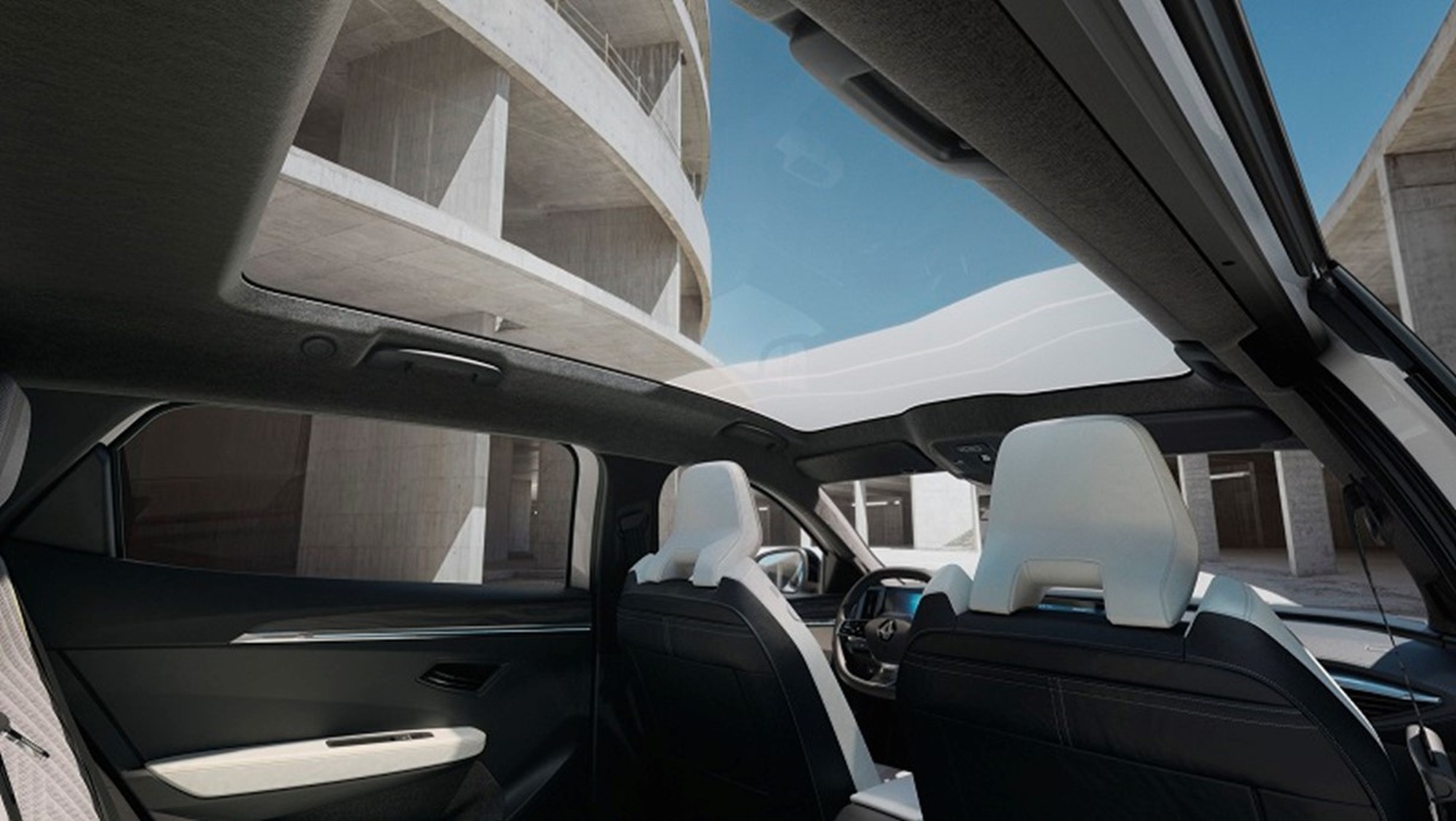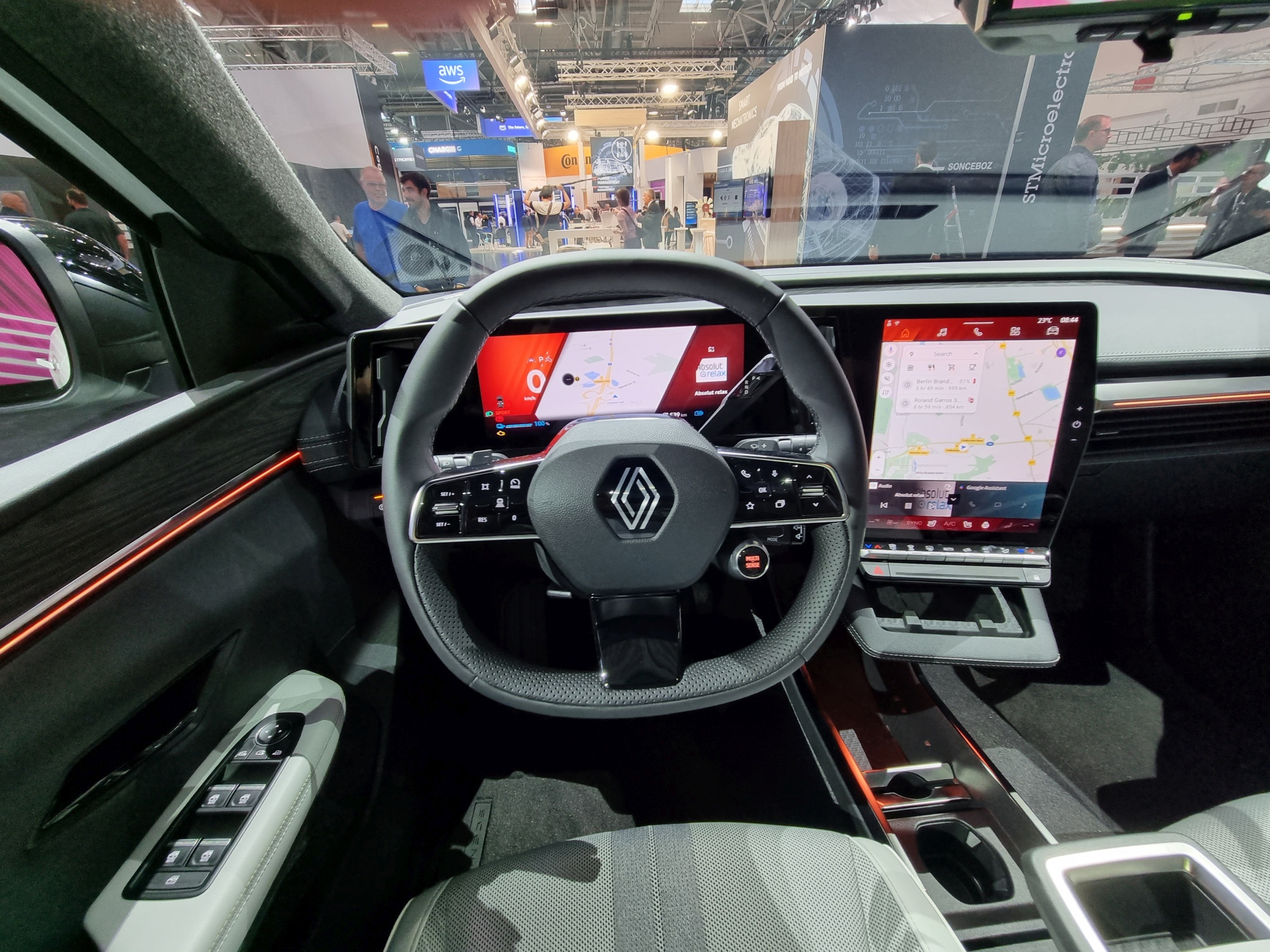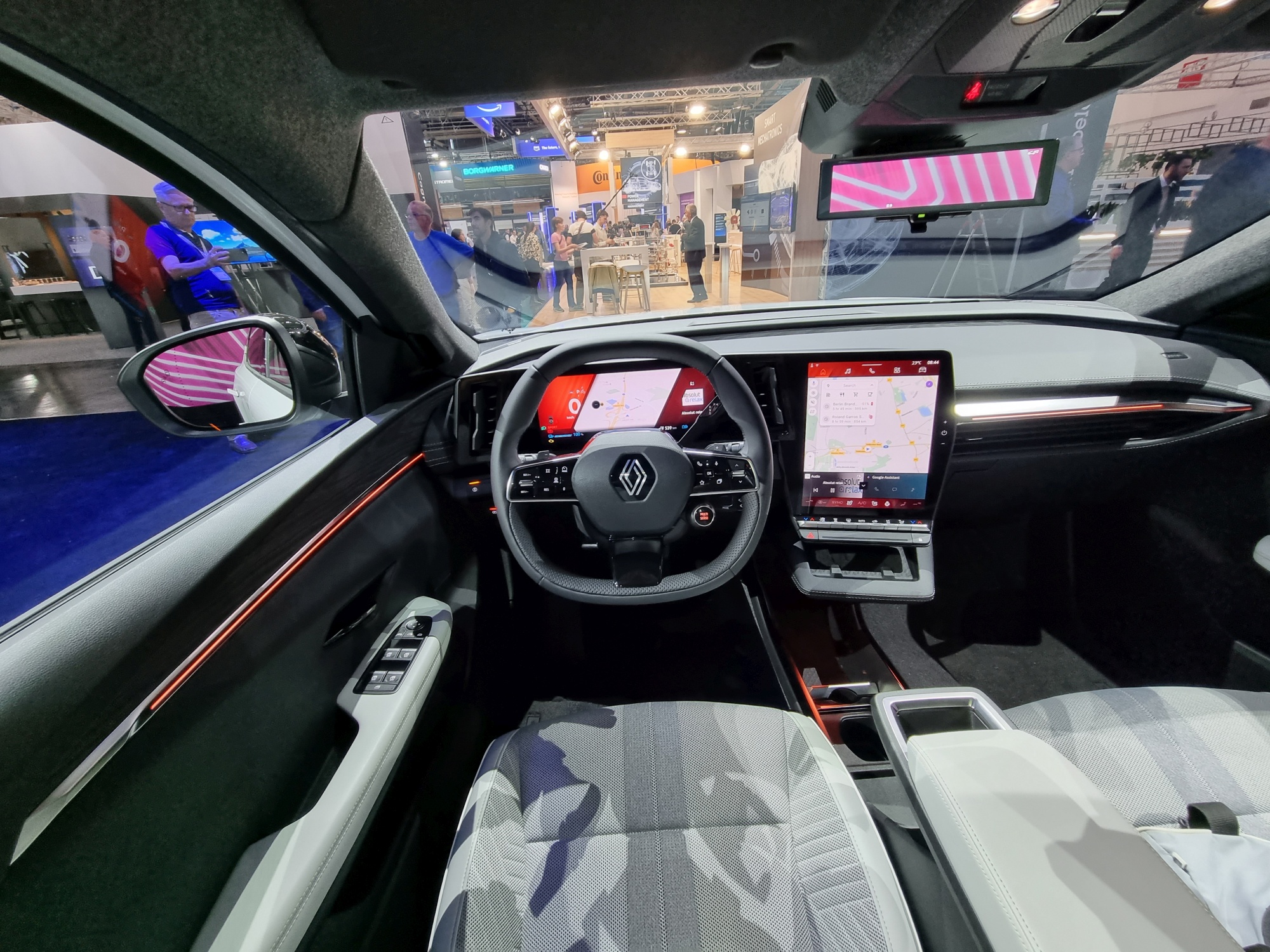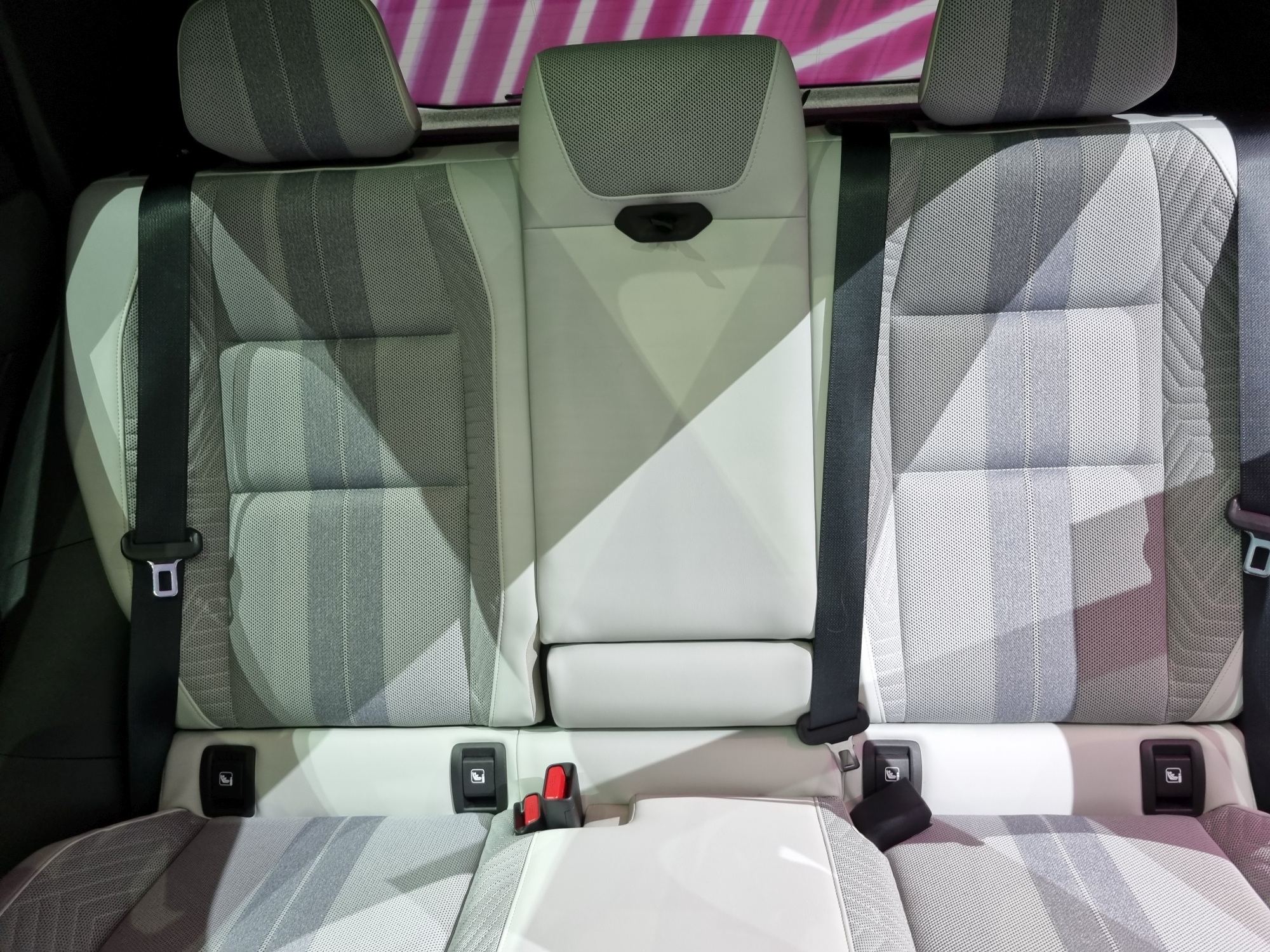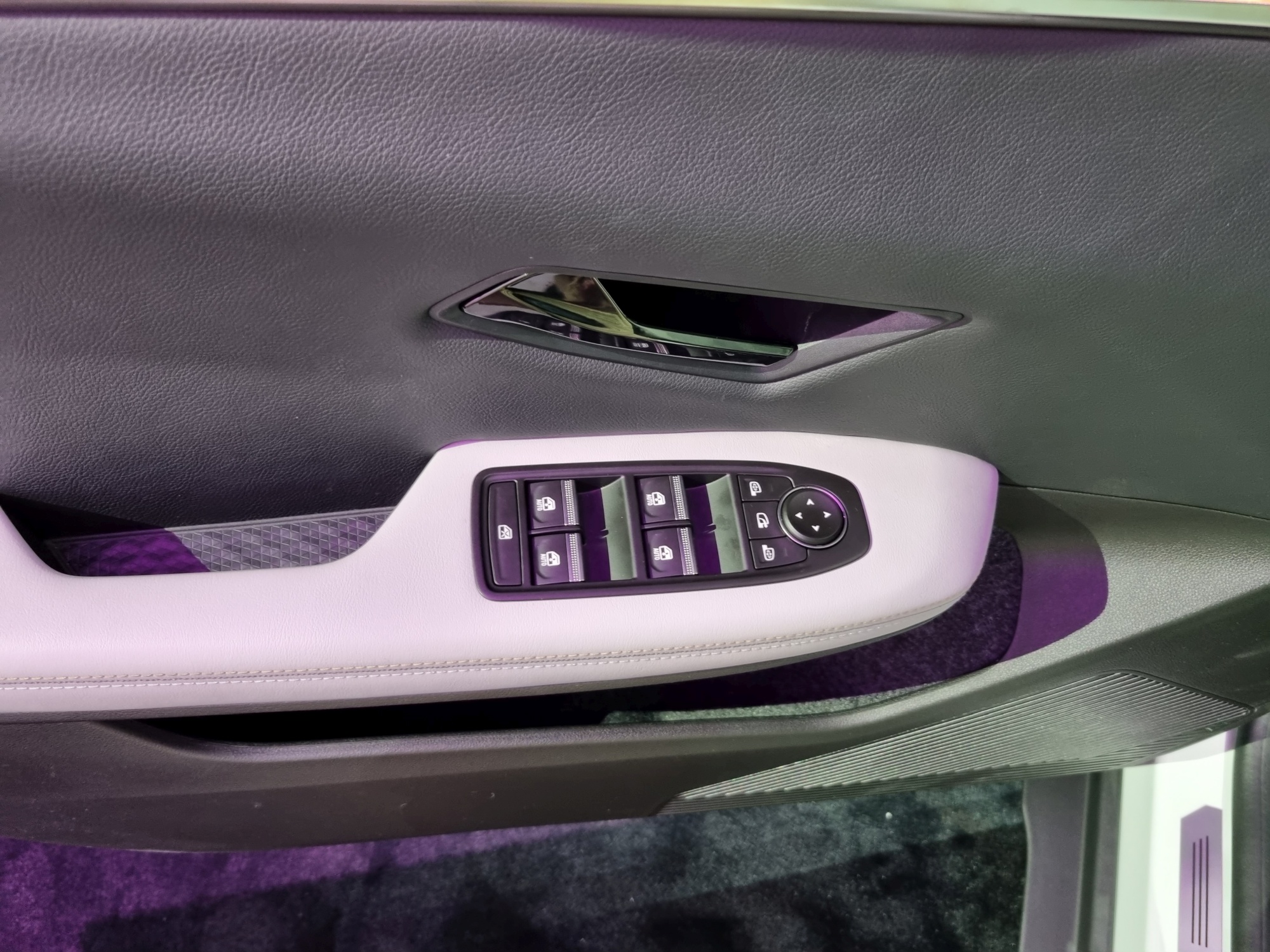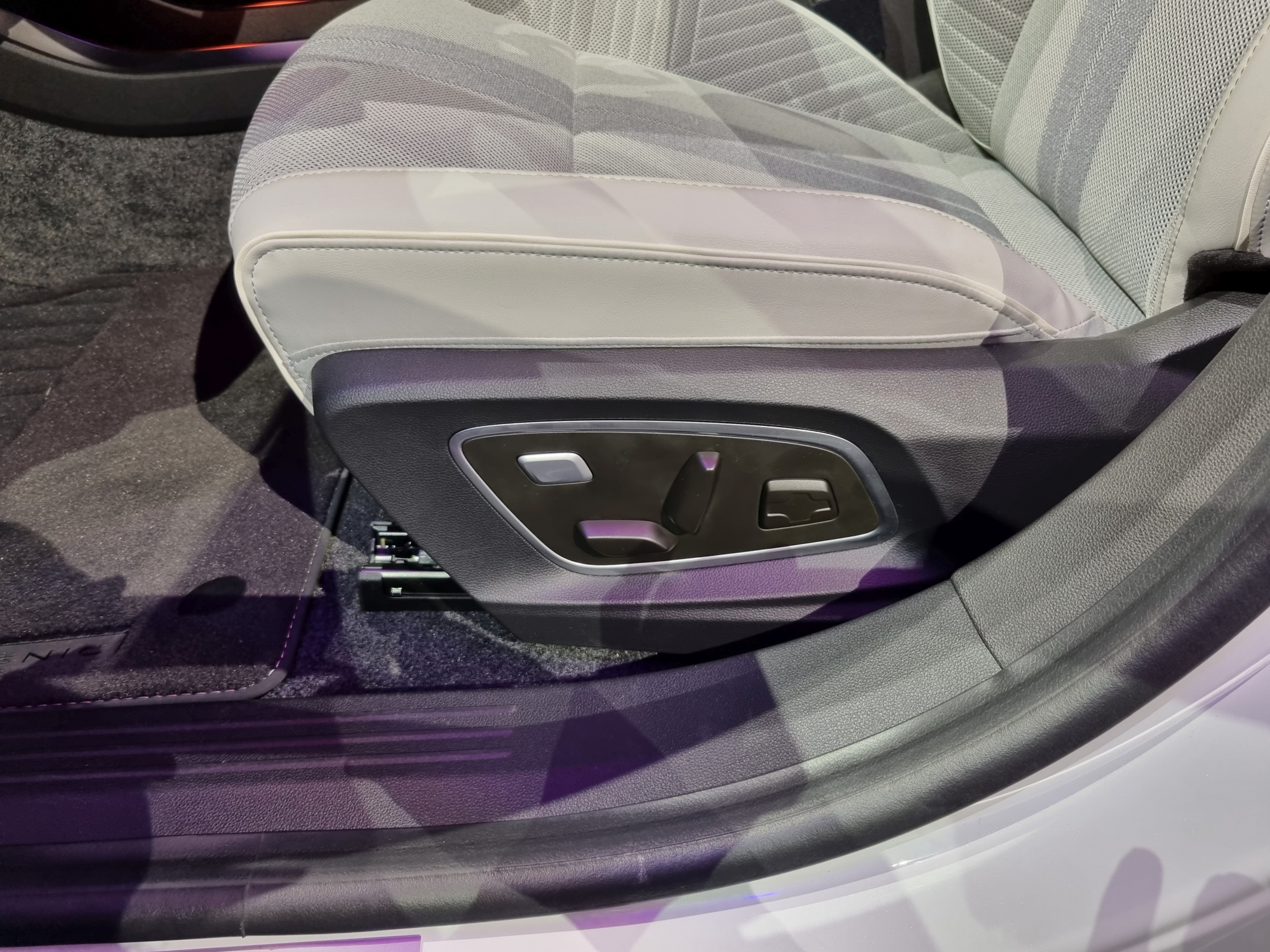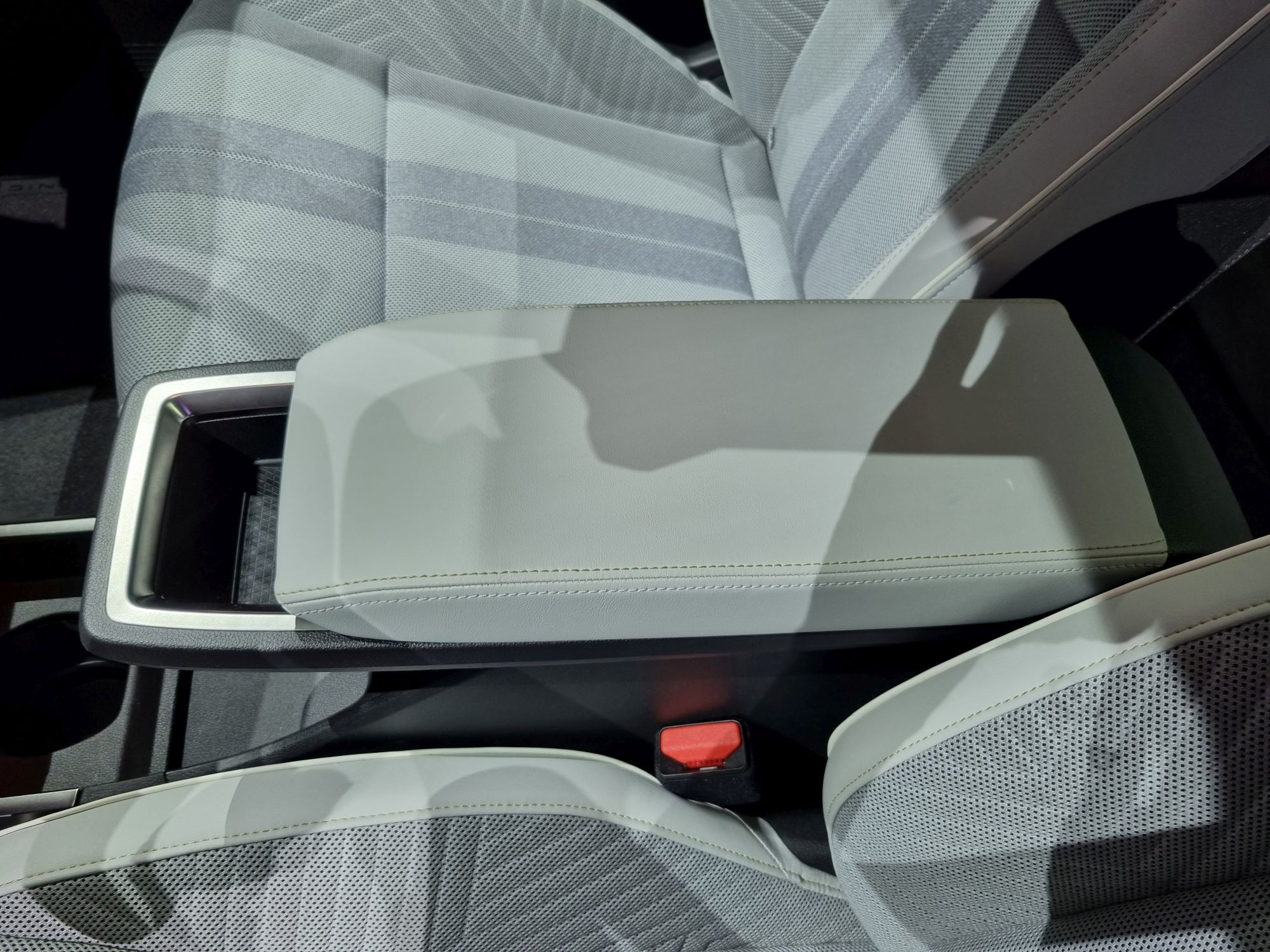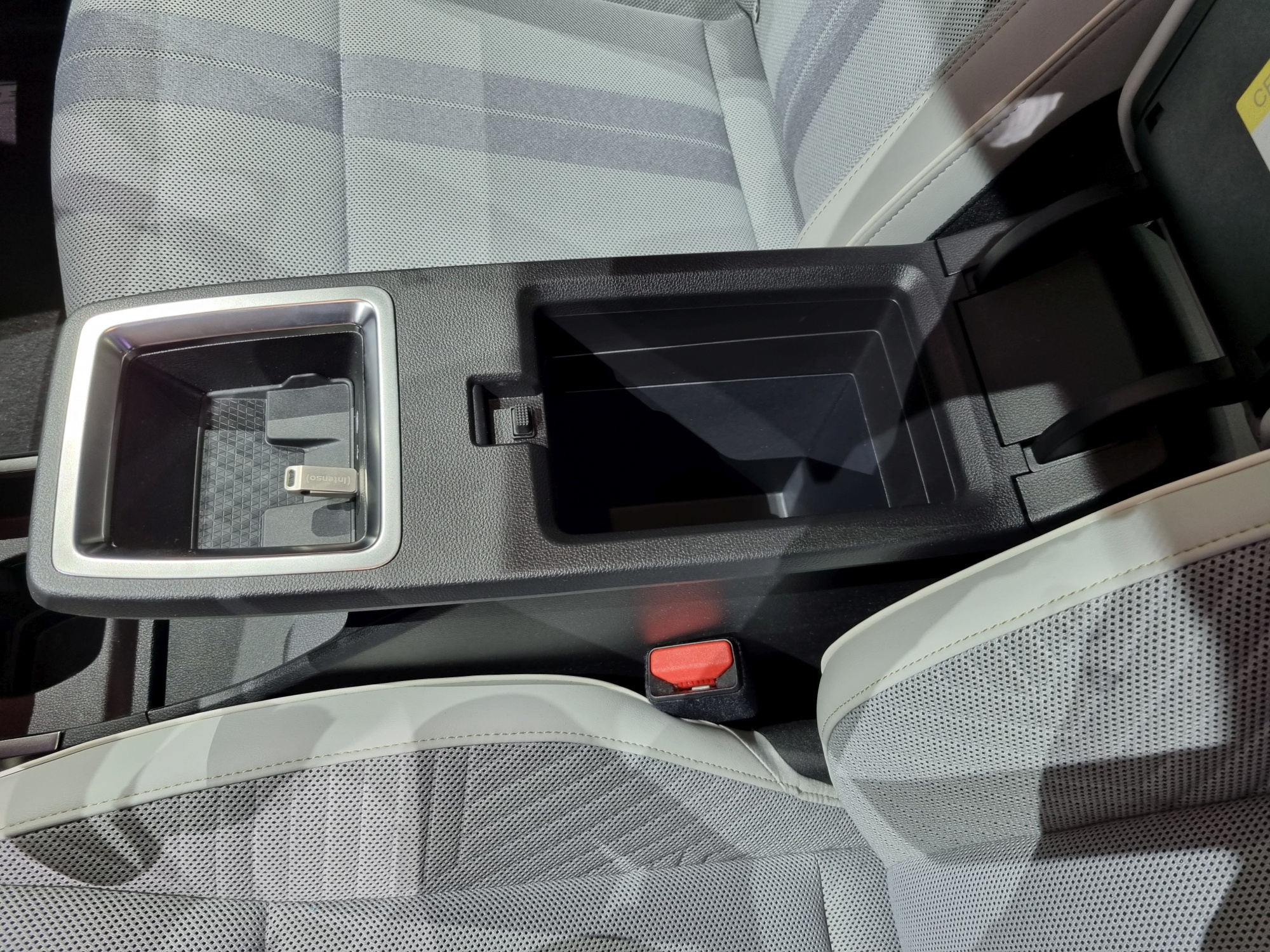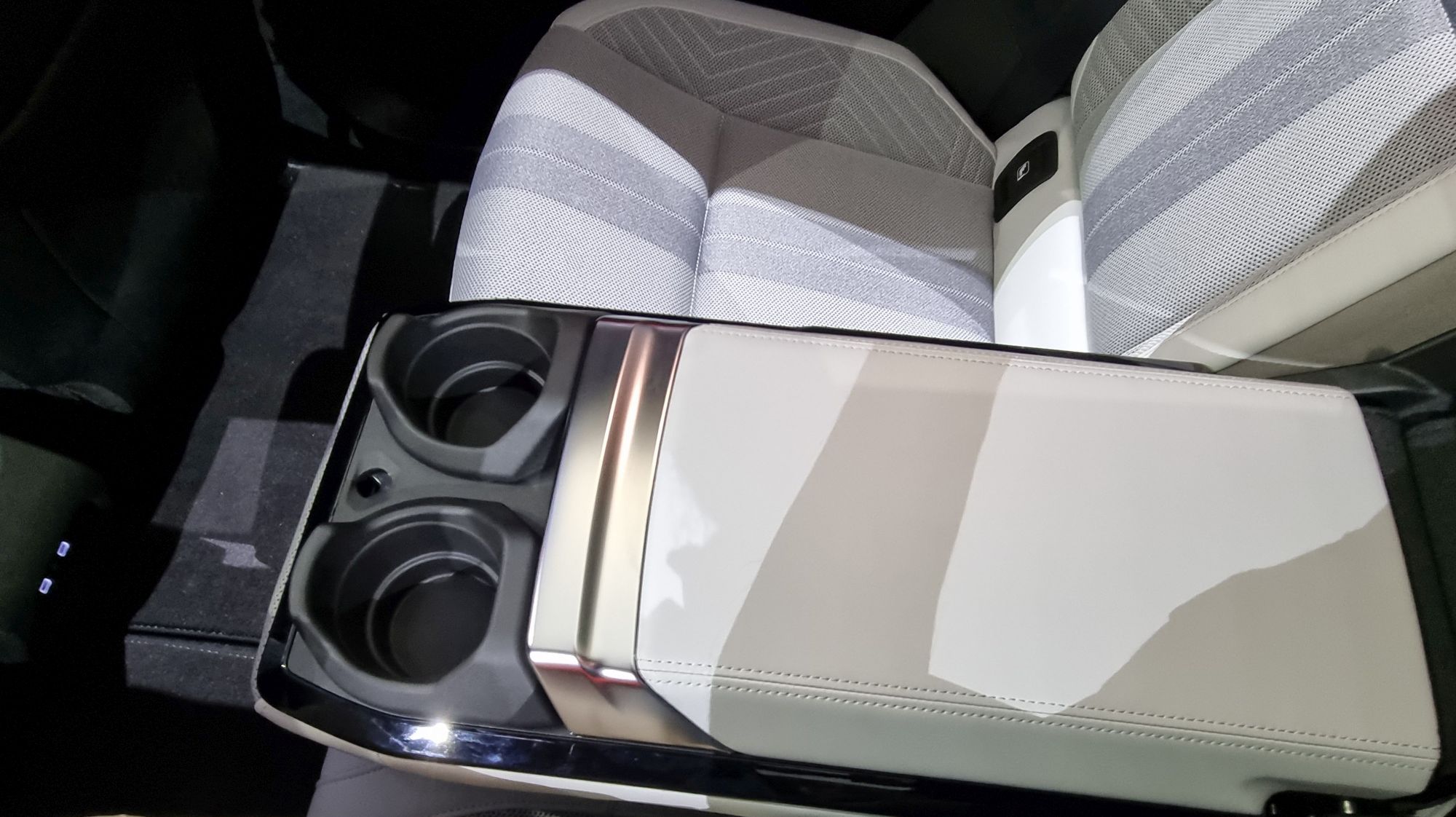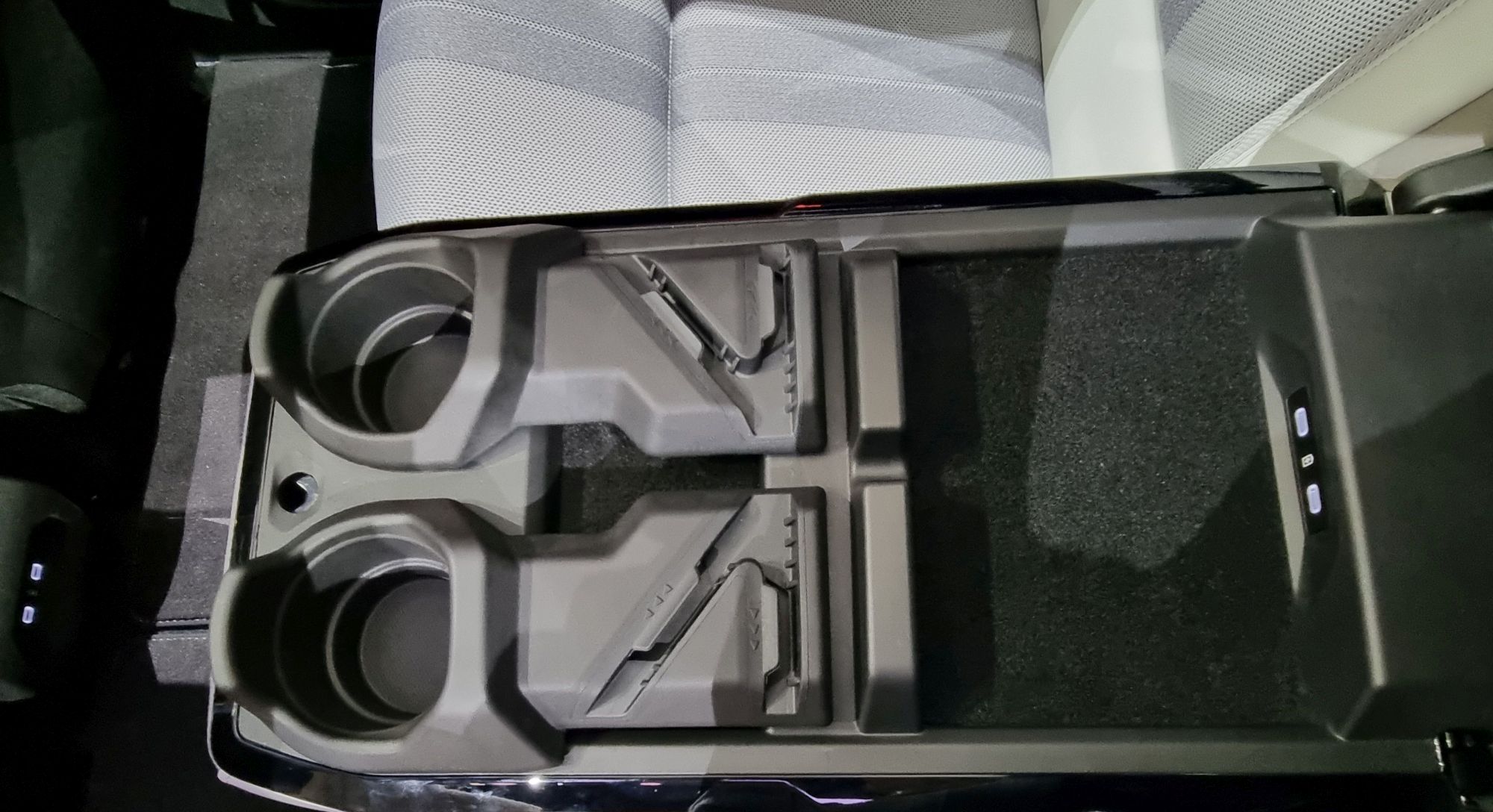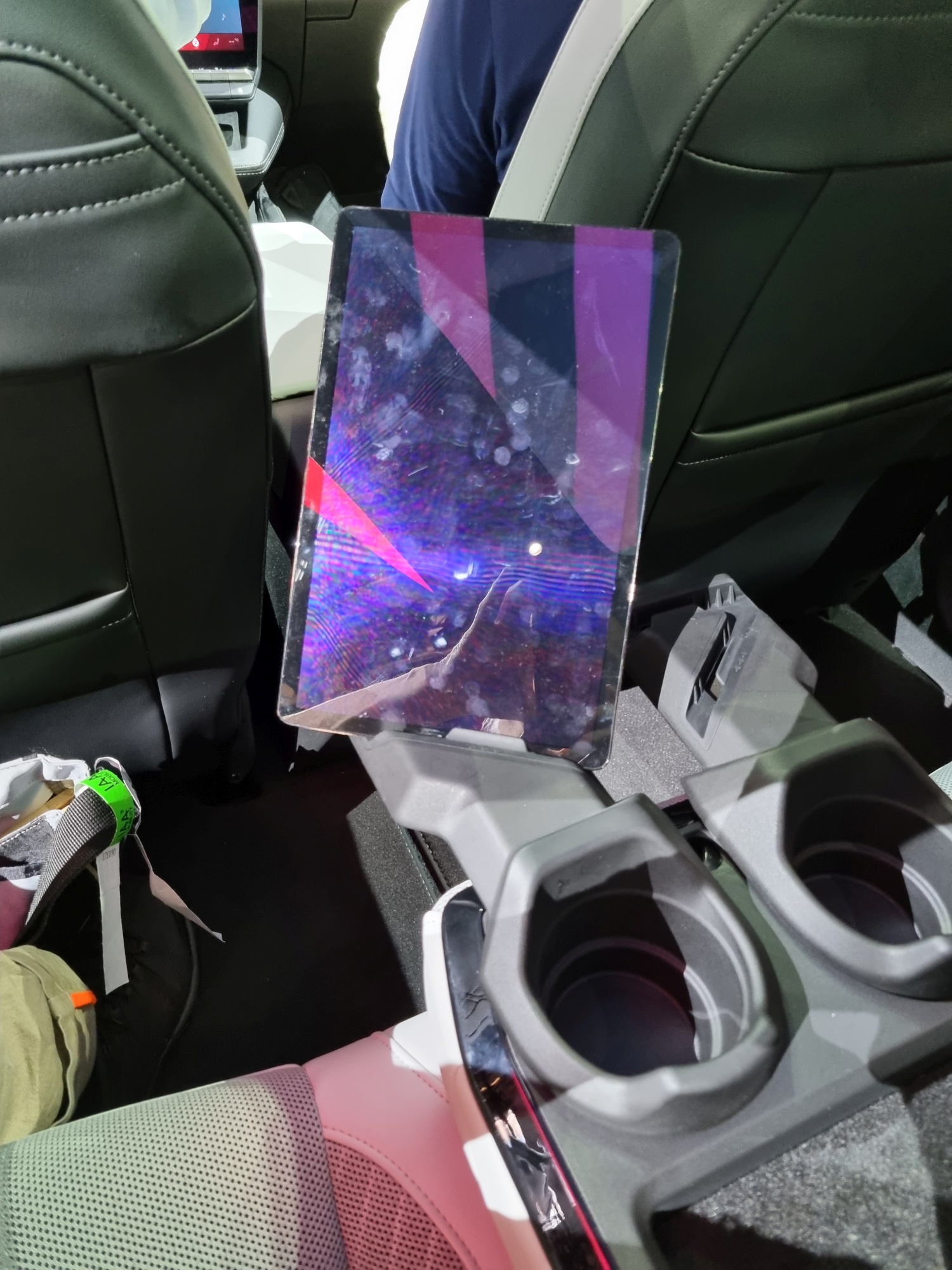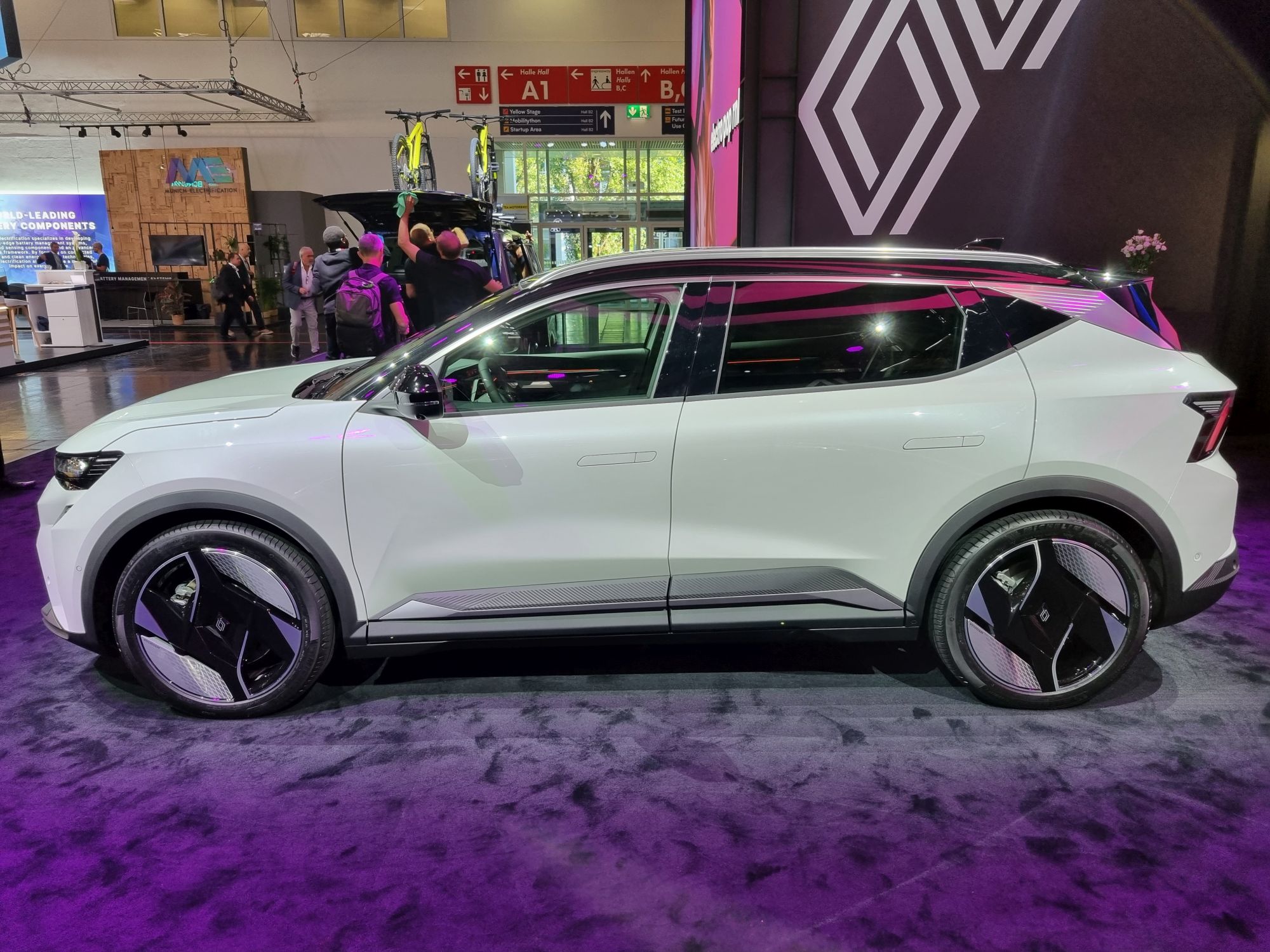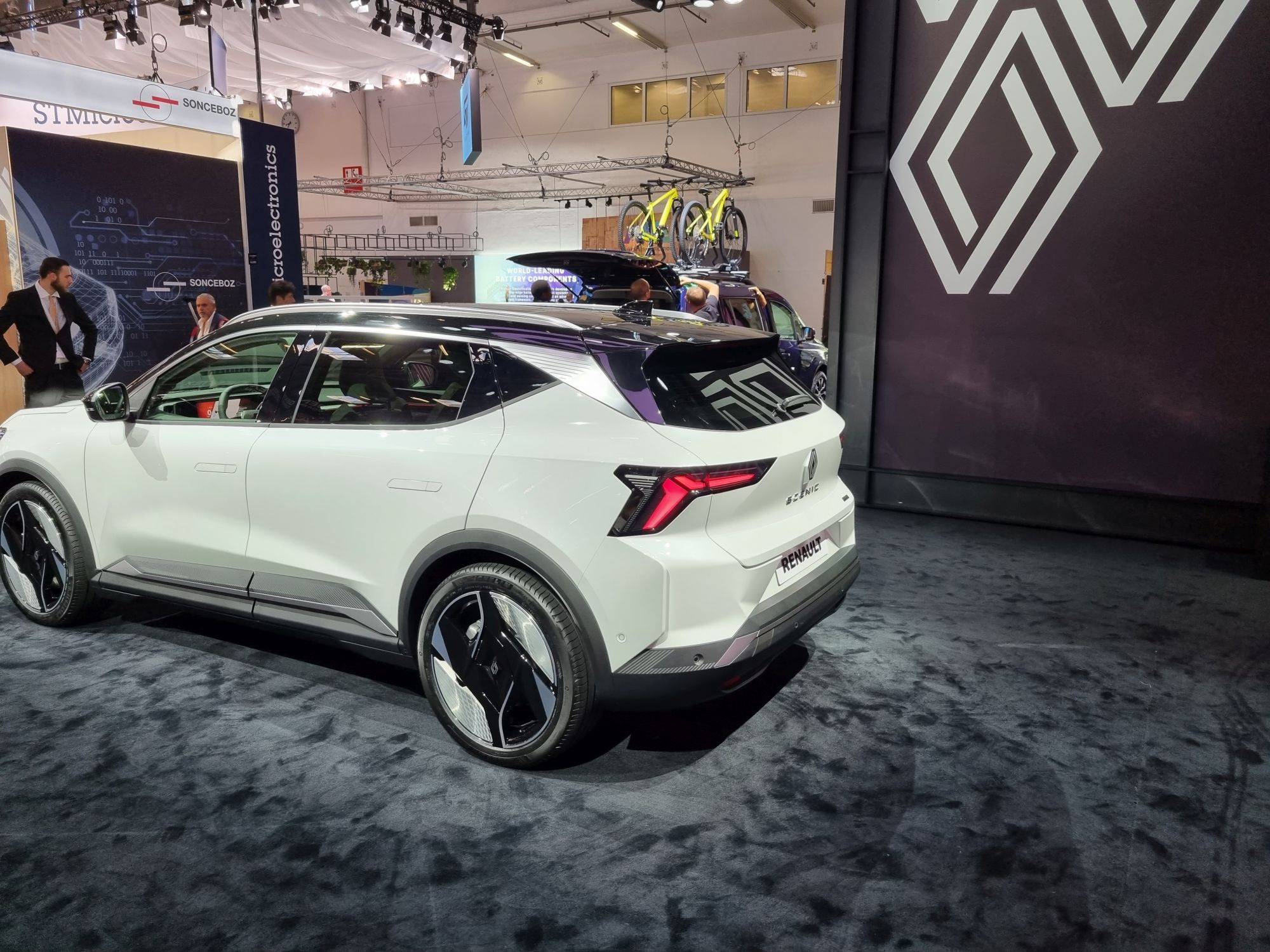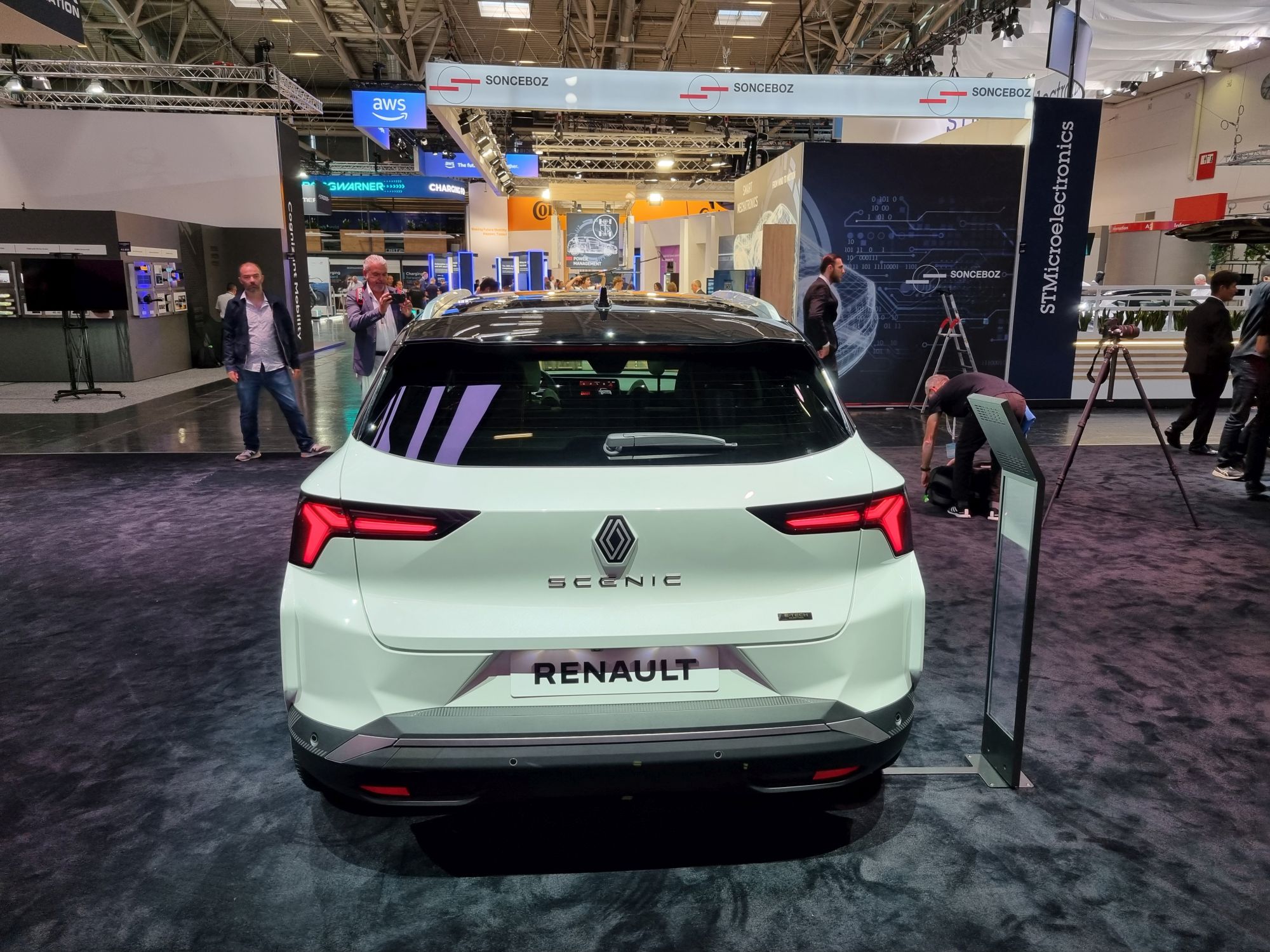Sign up for daily news updates from CleanTechnica on email. Or follow us on Google News!
When the Renault Scenic was launched over 25 years ago, it was a sensation. It became an icon instantaneously. It was the first of a new class of cars — the small family car, a mini MPV based on a normal sedan underpinning. Later, the term “crossover” came into vogue. Within a few years, nearly every brand had a copy of the Scenic on the road; sometimes hard to distinguish from the original.
The launch was at the same time I started working as a self-employed software engineer. I saw my first Renault Scenic in the parking lot of my first job. A few weeks later, there were three of them. After another few weeks, mine was number 5 or 6 in that not very big parking lot. But it was a location hiring software engineers as fast as the market could provide them. The euro conversion and the millennium bug were on the horizon.
I drove three of them on short lease contracts, but when I decided to buy one, the new model had a 5-spoke steering wheel. It hurt my hands and it was not fit for drives of over half an hour. Mounting a better steering wheel would cost 20% extra. In the end, I bought a Citroen Evasion and enjoyed that car for 18 years.
Now the Renault Scenic Icon has returned as a fully electric car. It is in its 5th generation. Sales will start early in 2024 and deliveries a bit later. This is the successor to the Zoe the market has been waiting for. The Twingo ZE has no range and can’t charge, the Mégane ZE is a driver’s car and lacks longer range, but the Scenic is a high-usability vehicle for travelers. Probably just like the Zoe, the best in its class.

Renault Scenic side
Standard Range
- 125 kW motor
- 60 kWh battery
- Torque: 280 Nm
- Max DC charge: 130 kW
- Range: >420 km (WLTP)
- Acceleration (standstill to 100 km/h): 9.3 sec
- Max speed: 150 km/h
High Range
- 160 kW motor
- 87 kWh battery
- Torque: 300 Nm
- Max DC charge: 150 kW
- Range: >620 km (WLTP)
- Acceleration (standstill to 100 km/h): 8.4 sec
- Max speed: 170 km/h
Size & Weight
- Length: 4,470 mm
- Width: 1,864 mm
- Height: 1,571 mm
- Wheelbase: 2,785 mm
- Front overhang: 842 mm
- Rear overhang: 842 mm
- Weight: 1842 kg (87 kWh version)
- Boot volume: 545 litres
With a battery of 87 kWh and a 620 km combined WLTP range, it is the family car Renault customers have been waiting for. Even when traveling with all seats occupied and too much luggage on the Autobahn, you only need to charge when you have to stop for a bathroom break and to stretch your legs. As long as there are enough charging stations at regular intervals along the highways, you can plan your charging when you need to stop for normal reasons. However, with the current availability of highway charging options in many countries, one will not have that freedom on most journeys. Regarding the future, the EU is mandating a bare minimum, while most routes will have a multiple of the required infrastructure in the not-so-distant future.
At a car show, all one can do is sit in the front and back, while other enthusiasts also jump in and out of the car. On the first day after the press event, even that was not possible, as it was also impossible to take pictures. There were too many competing journalists trying to get an impression, a photo, and a story. So, early the next day, directly after the opening of the show, the first order of business was the Renault Scenic.
The designers did their thing with the headlights and rear lights and with the space vacated by the radiator vents. The wheels were too big to be practical (19”or 20”). There were other important design language details that you can explore with your eyes. Regretfully, the designers did not bring back the iconic windows of the first-generation Scenic, nor a reference to the recognizable shape — the kind of efforts they put into recreating that older, almost forgotten icon, the R5, that is being brought back as a successor to the Twingo and Zoe. From the outside, the Scenic looks good, but similar to a dozen mini MPVs/SUVs/CUVs.
The Living Space
On the inside, it is more of what one expects from a Scenic. It is very comfortable, a mobile sitting room. There are lots of well-thought-out little details and gadgets, like the tablet/smartphone holders in the central armrest of the back seats. Many functions are controlled by voice commands, which is probably a consequence of using the Google automotive suit.
A few years ago, my Renault Zoe route planner was better than the smartphone Google app Android Auto. But Google has surely made more progress in software development than Renault. Besides the route planner, there are over 50 other apps on the central console.
There is a nice balance between the touchscreen configurations and operational tactile controls. The spartan abandonment of most physical controls is not for me. I like to keep my eyes on the road and assert control only based on muscle memory and touch. Even voice commands are not comfortable.
For real appreciation and judging of the vehicle, of course, it would take a few weeks of driving the Scenic. Then you know what is great and where there is room for improvement.
There are more than 30 ADAS functions, most of which you should never notice. They are for emergencies, but the lane keeping, cruise control, and blind spot warning functions are worth testing. They can make a big difference in driving relaxed and safely. There is also a safe driving coach. This can be a bonus for drivers who have obtained their license recently, or for people who have acquired sloppy driving habits. Yet, it can be very annoying for drivers who have developed a safe but non-standard driving style. This is something I really like to test myself.
For the welcome tune and the pedestrian warning sounds, the musician/composer Jean-Michel Jarre was employed. He was a sub-culture pop idol in the late hippy era. He was famous for spectacular open air performances with millions of attendants.
To support the circular economy, 24% of the mass of the car is made of recycled materials. When it is at the end of its useful life, over 90% of the car can be recycled. There is no leather nor chrome used anywhere in the car. As far as cars can be eco-friendly, this one is.
The big sunroof does not have a middle support at the location of the b-pillar, creating a very spacious cabin. The sun screen is incorporated in the glass by way of LCD technology. When less light or more privacy is required, the liquid crystals turn to lay flat and block the light. And it is also voice controlled.
The upholstery of the seats and the finish on the doors and dashboard is light in tone. I hate cars that are like the inside of a dark cave. It makes me feel claustrophobic. Besides the now standard cupholders and USB sockets, there are nice gimmicks to hold phones and tablets for use by the passengers. For comfort, there are heated seats and a heated steering wheel. There is even the option for a massage in the front seats. I liked it when I was tired from walking the showroom floor.
The Harman Kardon sound system is probably very good. It has many speakers and was optimized by Jean-Michel Jarre. I will not be able to tell — like many people of my age, my ears are not what they used to be. It would be nice if I could configure the same correction as is in my hearing aids. Worth looking into.
Renault has made a 30-page leaflet [PDF] for those who want to know even more about this wonder on wheels. But don’t expect too many facts — it is more a storytelling by the marketing department than a technical specification or a listing of all the options. Sales will begin in early 2024 in most European countries. Expect the specifications, trim levels, options, and prices to be published by that time. Deliveries are expected to start in the second quarter.
I can’t wait to try it out.
Written in collaboration with Jolanda Vinkhuyzen.
Have a tip for CleanTechnica? Want to advertise? Want to suggest a guest for our CleanTech Talk podcast? Contact us here.
EV Obsession Daily!
I don’t like paywalls. You don’t like paywalls. Who likes paywalls? Here at CleanTechnica, we implemented a limited paywall for a while, but it always felt wrong — and it was always tough to decide what we should put behind there. In theory, your most exclusive and best content goes behind a paywall. But then fewer people read it!! So, we’ve decided to completely nix paywalls here at CleanTechnica. But…
Thank you!
Tesla Sales in 2023, 2024, and 2030
CleanTechnica uses affiliate links. See our policy here.

